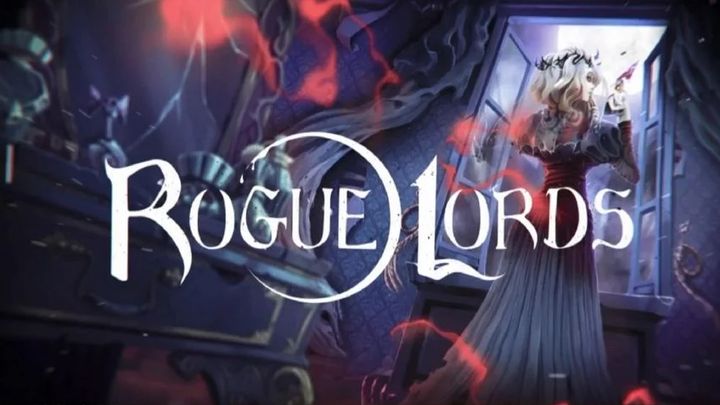Gameplay From Rogue Lords - New Game by Devs of Styx
During the recent PC Gaming Show 2020, developers from Cyanide Studio and Leikir Studio presented gameplay from their latest work - the roguelite game Rogue Lords, in which we play as the Devil himself.

IN A NUTSHELL:
- In Rogue Lords we will find a turn-based combat system, which emphasizes the proper use of character abilities and chaining them into combinations;
- The title will offer an interesting mechanic called Devil Mode - after activating it, we will be able, for example, to modify the opponents' health bars.
During Saturday's PC Gaming Show 2020 presentation, we've seen a gameplay from Rogue Lords, another game from Cyanide Studios (creators of Call of Cthulhu or Styx series), which is being developed in cooperation with Leikir Studios (Isbarah, Wondershot). The video lasts less than two minutes, but is accompanied by a dev commentary and presents the basic gameplay features .
Rogue Lords is a roguelite game, in which we play as the Devil himself - in his skin we create a team consisting of classic villains like Dracula, Baron Samedi or Bloody Mary and explore a map full of various types of events and clashes with opponents. The game uses a turn-based combat system (reminiscent of Darkest Dungeon) and emphasizes the proper use of the abilities of individual characters - the latter can be chained into powerful combinations, but each skill has its cost in action points.
If one of our warriors suffers enough damage, further enemy attacks against them will deplete our own pool of health - the game will end when it's reduced to zero. However, being the Devil we don't always have to play according to the rules - sometimes we can break them by entering the so-called Devil Mode. Its activation is expensive (we pay with souls gained during the game), but it enables us to, for example, modify the health bars of individual opponents.
Rogue Lords will be released on PC, Xbox One, PlayStation 4 and Nintendo Switch in 2021.
- Commandos Origins introduces feature never seen in the iconic strategy series. Check out new gameplay and PC system requirements
- Is Multiplayer Repo Mobile Game official? Be careful
- All about local and online coop in Enter the Gungeon in 2025
- „Just skip Balatro, go to the Arco page and buy that game twice instead.” Steam sensation creator earns respect for a selfless act
- Will 33 Immortals be on Steam? It is possible
